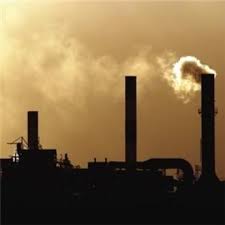Environmental Hazards Caused by Incorrect Medical Waste Handling
5/13/2019

- Scavenging by people and animals at waste disposal sites can lead to infection or injury. In low- and middle-income countries this is a common practice by waste handlers leaving them open to needle stick injury and to being exposed to infection or toxins.
- If untreated medical waste is dumped into improperly constructed landfill sites, it can contaminate drinking water as well as groundwater sources.
- Treating waste with chemicals releases these chemicals into the environment unless the chemicals are handled and disposed of correctly.
- Improper sorting and destroying of chemical, pharmaceutical and chemotherapy garbage leads to pollution of beaches, lakes and rivers. This can negatively affect birdlife, fish and vegetation.
- Medical waste is often incinerated. This effectively destroys pathogens, but it releases pollutants into the atmosphere. If the materials contain chlorine, the human carcinogens dioxin and furans are released upon incineration. If metallic materials containing lead, mercury or cadmium are incinerated, these toxic metals are spread into the environment. Incinerators are required to operate at between 850 and 1100°C. They should also be fitted with gas cleaning equipment in order to meet international emission standards.
- Where resources and funding are available, more environmentally friendly ways of disposal than incineration should be considered. For instance, autoclaving or microwaving.
